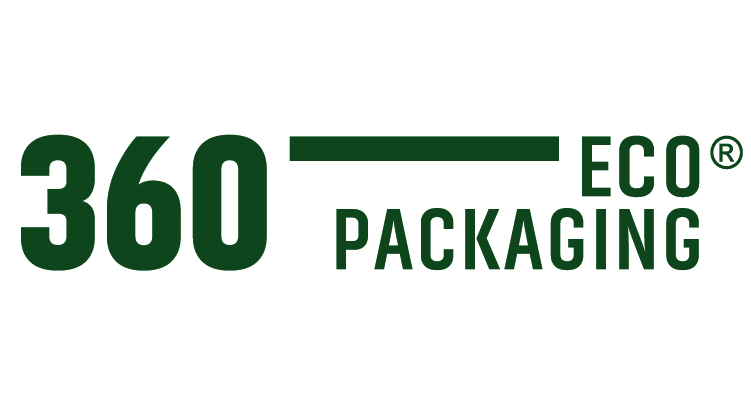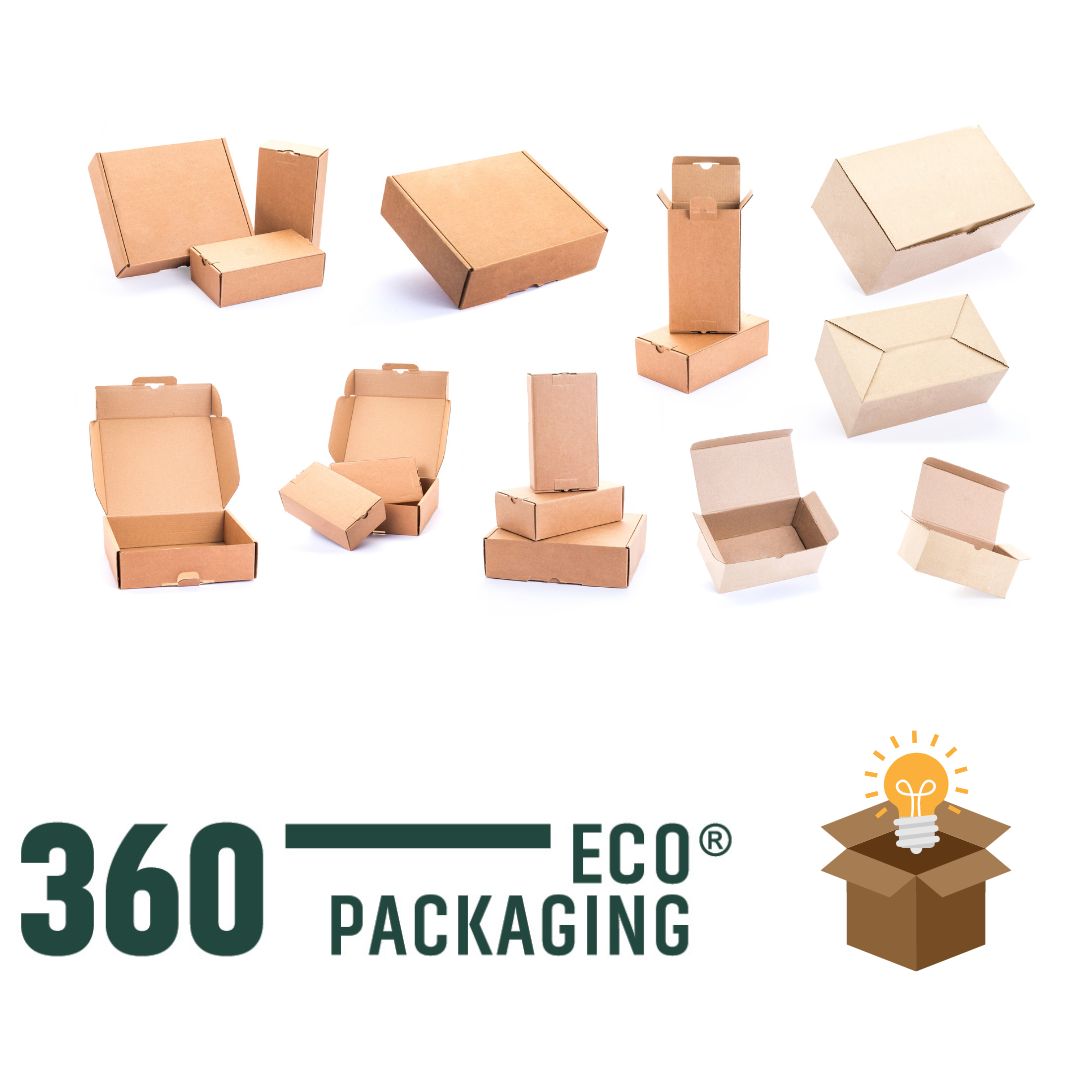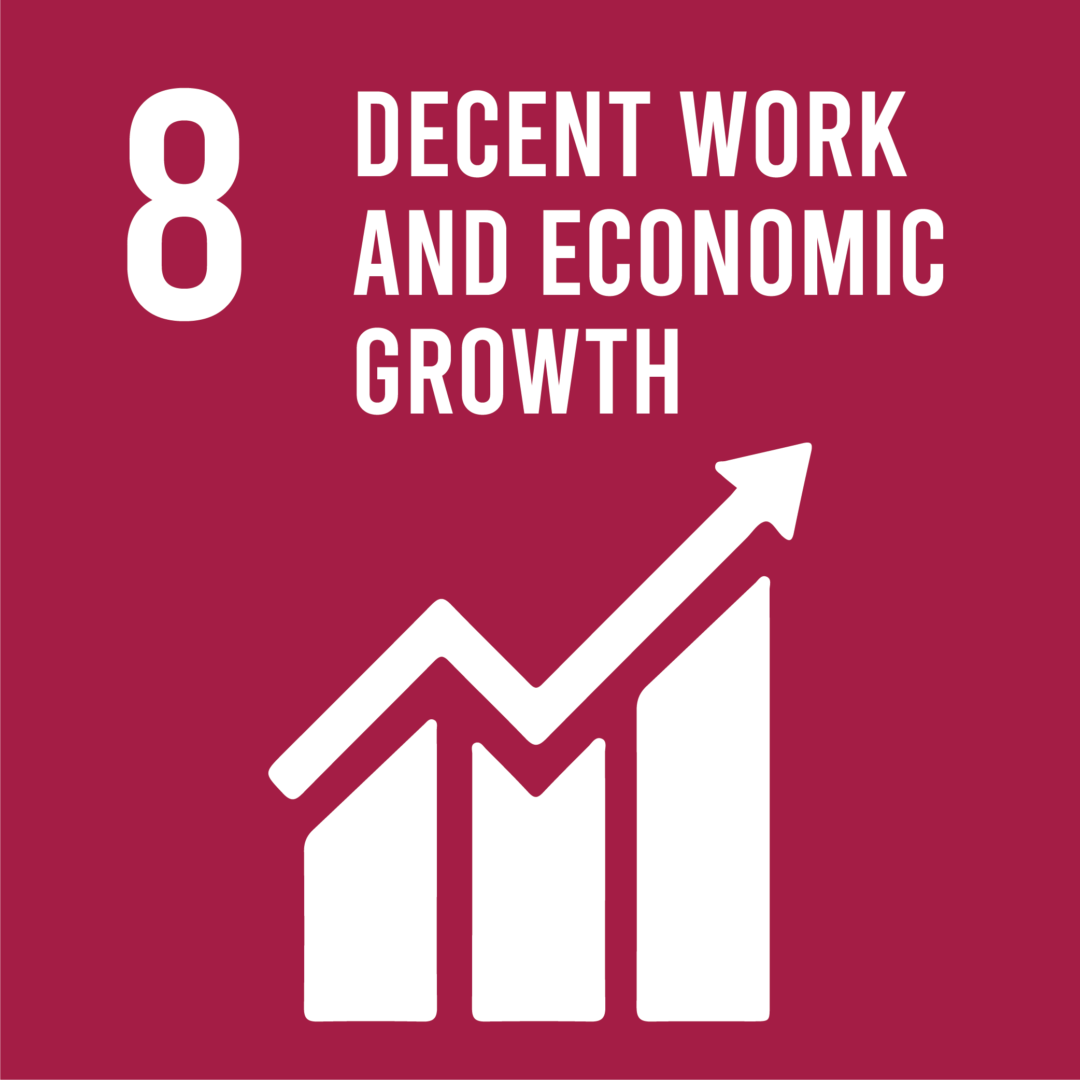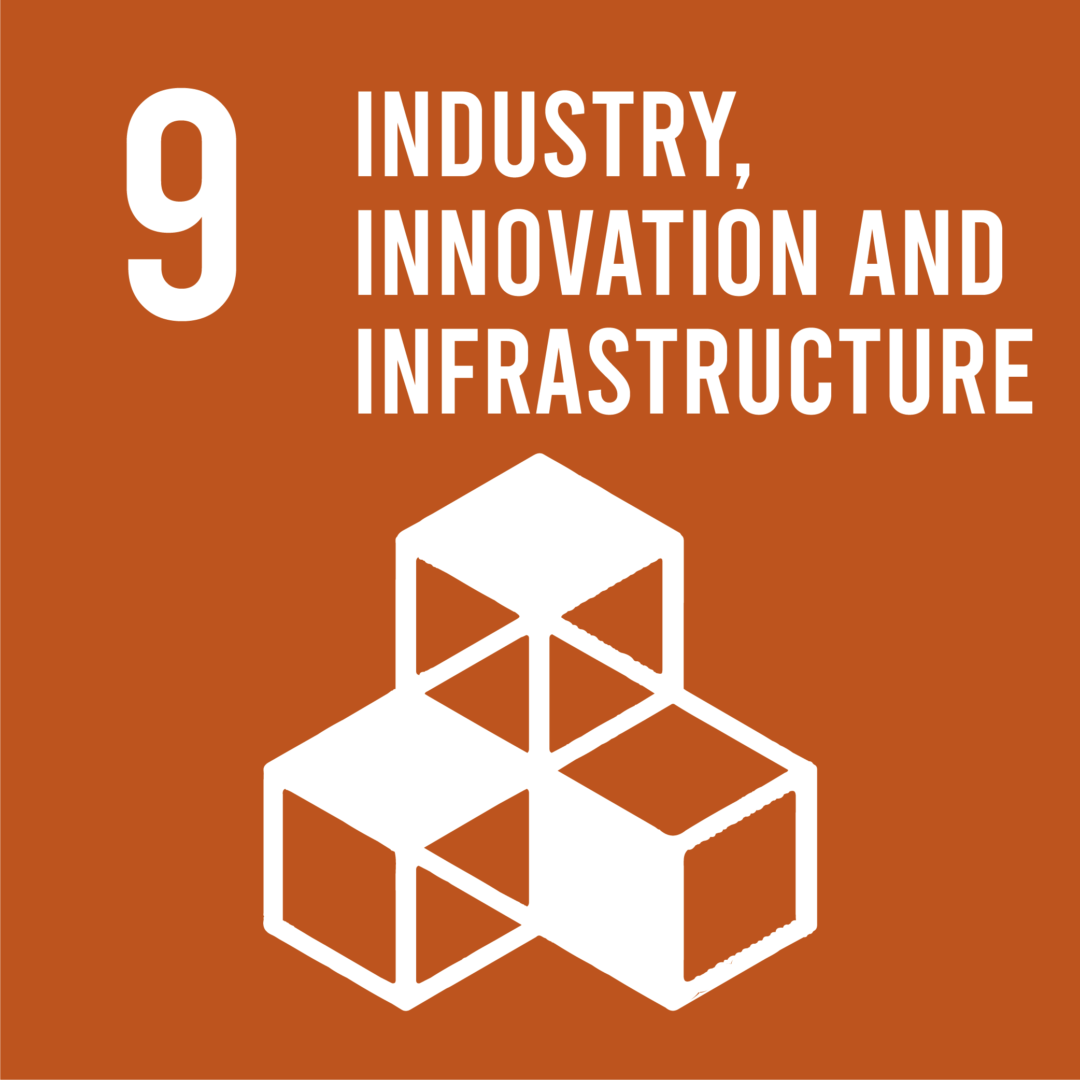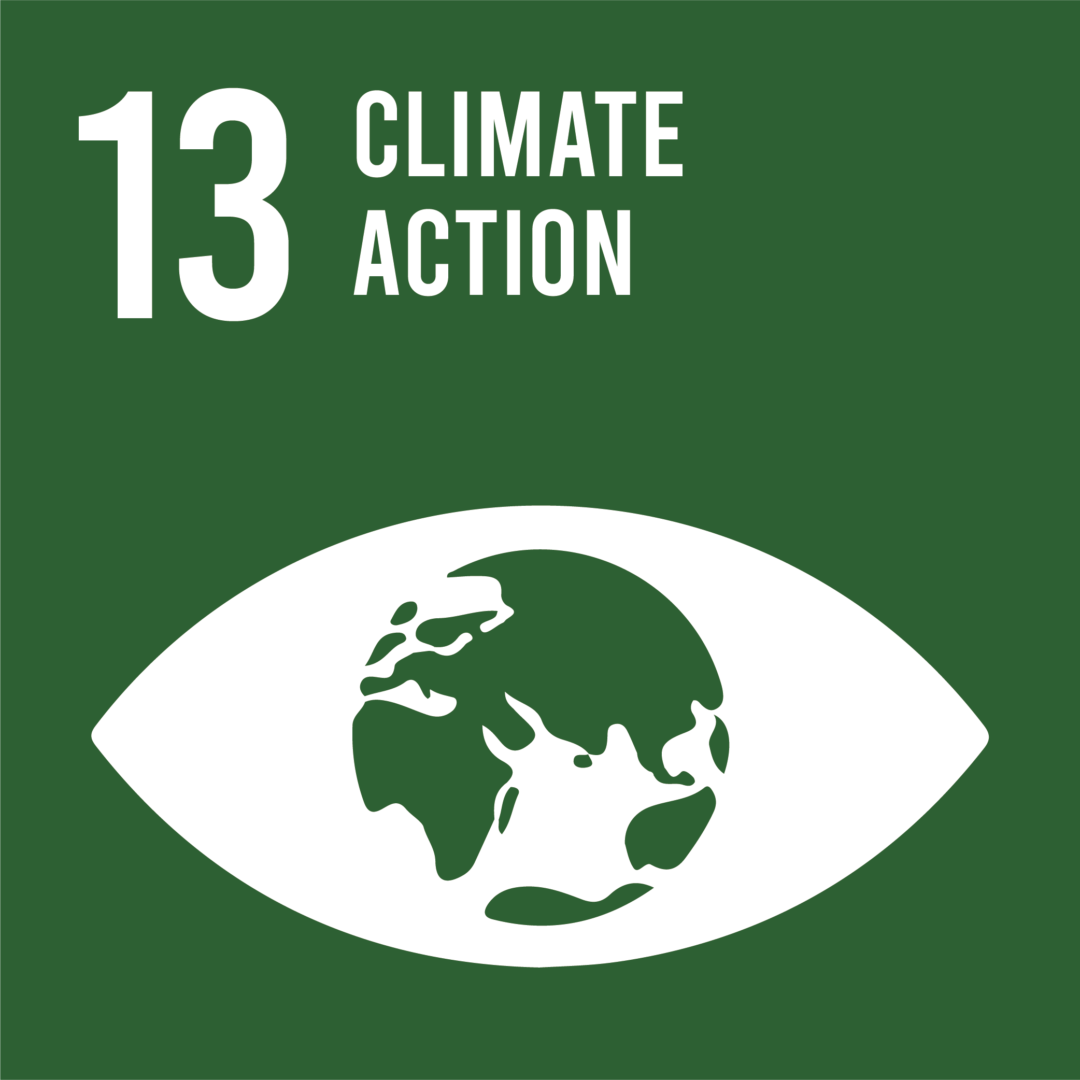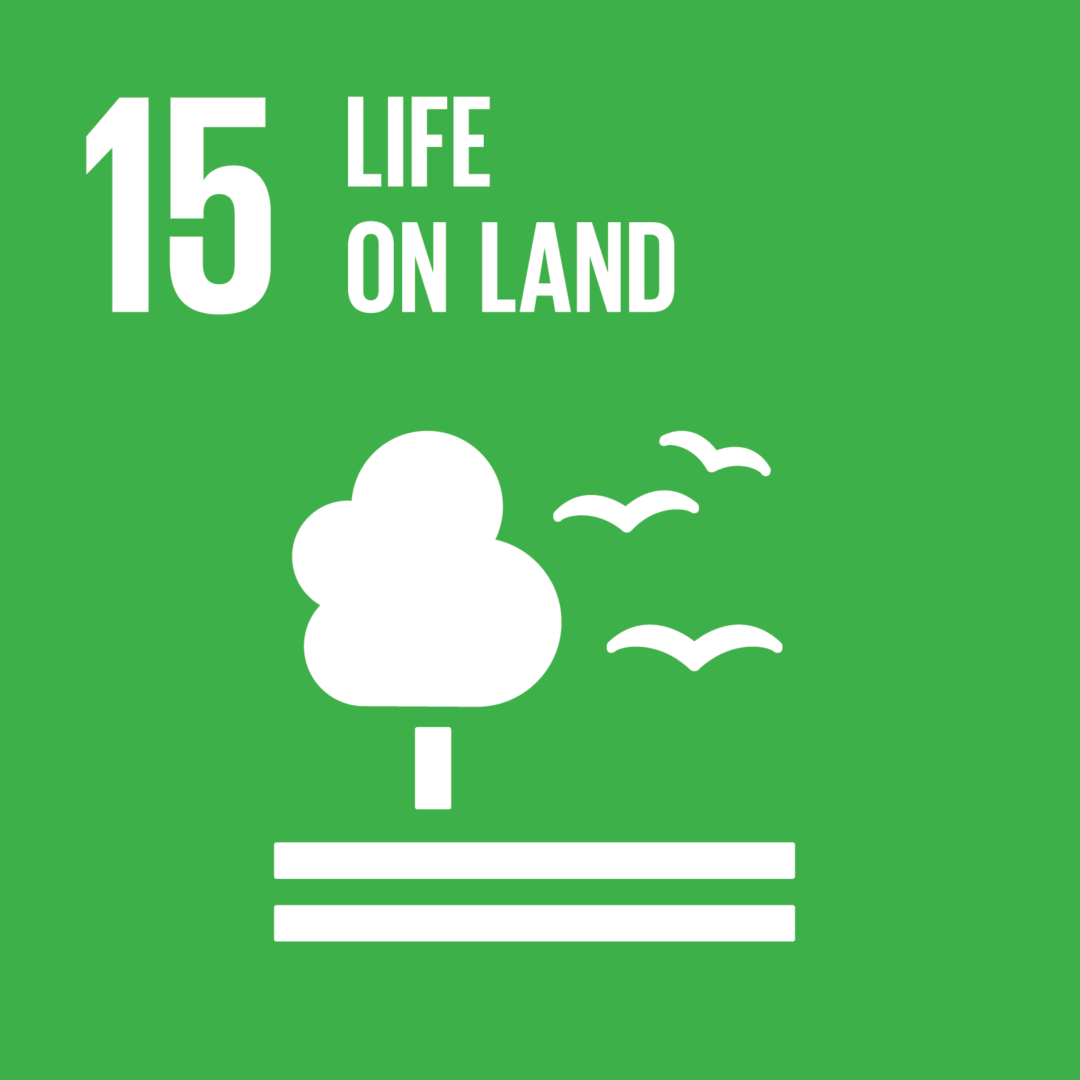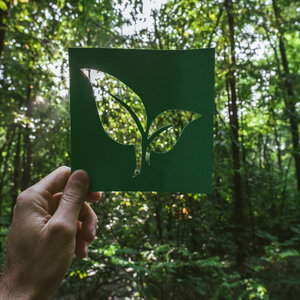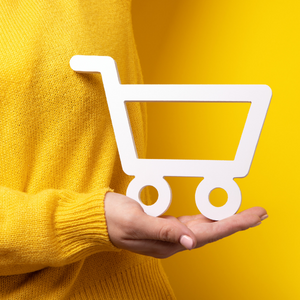In a Circular Economy model where waste becomes a resource, the paper and board industry has a key role to play.
We know that the future of packaging involves incorporating sustainable materials, reducing the ecological footprint associated with its production and use, and that its waste can be revalued, without neglecting the purpose for which it is designed: to protect the product. In this future, cartonboard packaging will be a priority.
Cardboard as a sustainable packaging material
Cardboard is a natural, renewable, recyclable and biodegradable material. In recent years, it has been replacing other traditional packaging materials such as plastic.

Paper and cardboard fibers are also much stronger than previously thought. It has been shown that fiber-based packaging material – paper, cardboard, paperboard and folding cartons – can be recycled more than 25 times, retaining their mechanical properties for re-integration into the production process.
This makes it one of the most sustainable materials in the packaging sector and one of the preferred packaging solutions for the consumer.

Why is cardboard packaging preferred by consumers?
The way companies package their products is a matter of concern for consumers, influencing their purchasing decisions.
The European Association of Carton and Cartonboard Manufacturers reveals that 4 out of 5 consumers prefer cartons to plastic. In its report, it says that more than half of the consumers surveyed in Spain claim to have switched brands because the packaging was not recyclable or because they used unnecessary packaging. It adds that 82 percent would be willing to pay more for environmentally friendly packaging.

Most commonly used carton packaging
For companies interested in incorporating circularity into their packaging, cardboard packaging represents a zero-waste system of significant social, economic and environmental value.
Because of its versatility, it can be used throughout the packaging chain:
-
Primary packaging, which is directly in contact with the product.
-
Packaging for Ecommerce.
-
Cargo units for storage and transport of consumer goods.
-
Protective elements, such as interior fillers to pack merchandise shipments, or corners to avoid friction during transport.
The most commonly used cartons are:
Corrugated cardboard boxes
Can be used in standard size or large volume for packing and palletizing light and heavy goods. They are foldable, which facilitates storage, reducing space.
Pallet boxes
They are corrugated cardboard boxes placed on a wooden pallet or cardboard. Its use as commercial exhibitors has been extended by its profitability, since they serve both as product container shelf and advertising support, because the cardboard can be easily printed and incorporate gaps or shelves to place the product.
The cardboard pallet
Consists of corrugated cardboard sheets and solid cardboard blocks that are inserted as pillars. Resistant and lighter than the wooden pallet, it is also valid for international transport, without having to undergo phytosanitary treatment.
The road map to a Circular Economy is written on cardboard.
Contact us if you are interested in adding reusable packaging to your logistics.
![]()
